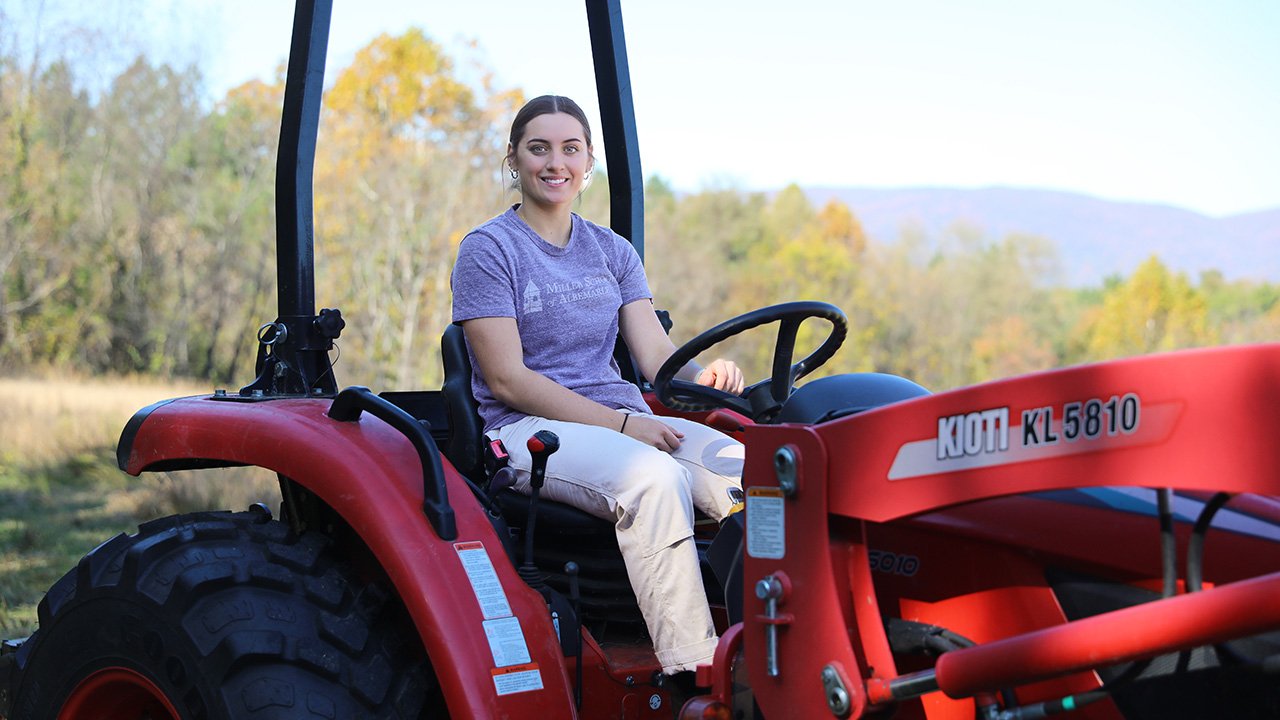Shocked Monks and Engaged Students
Two hundred monks gathered in 1746 to form a large circle nearly one mile in circumference. While the monks often gathered for prayer, this day was different. They were called together by an up-and-coming French scientist, not by a high-ranking church official. And they were getting ready to be drawn together and shocked by science, not a spiritual revelation.
The French scientist, Jean-Antoine Nollet, carefully strung an iron wire from one monk to another. He then discharged an electrical shock into the first monk in the line. In what appeared to be a split second, all two hundred monks were jolted by the shock. Nollet proved that the speed electricity’s propagation was very high because each monk in the line was shocked at the same time by the charge.
Nollet had a knack for dramatic examples of science in action. A year after his famous chain of monks experiment, Nollet discovered the phenomenon of osmosis in natural membranes.
Much like Nollet, Dr. Julie Hebert brings science to life for her students in her biology classes. Most recently, she had her students recreate Nollet’s discovery of osmosis in their own living rooms with an experiment using eggs, water, and corn syrup to observe how water moves into and out of cells.
Dr. Hebert remarked: “Miller biology students learned about osmosis (the movement of water molecules through a semipermeable membrane) by testing how water moved through eggs. This was an easy lab to do at home using materials most people already have or can find in a grocery store. We dissolved the shells off of the eggs, then placed the eggs in different solutions and hypothesized whether the eggs would become larger or smaller. In two days, we had our results! It was fun to be able to complete a scientific experiment despite being virtual.”
While separated by many miles due to virtual learning, Dr. Hebert was able to string her students together with a meaningful, hands-on experiment. Similar to Nollet’s monks, her students were “charged” by science and linked together via discovery.
Two hundred years after Jean-Antoine Nollet’s famous experiment, his breakthrough in science is still connecting people thanks to Dr. Hebert and her engaged students. For those who know Dr. Hebert, this is no shock!








